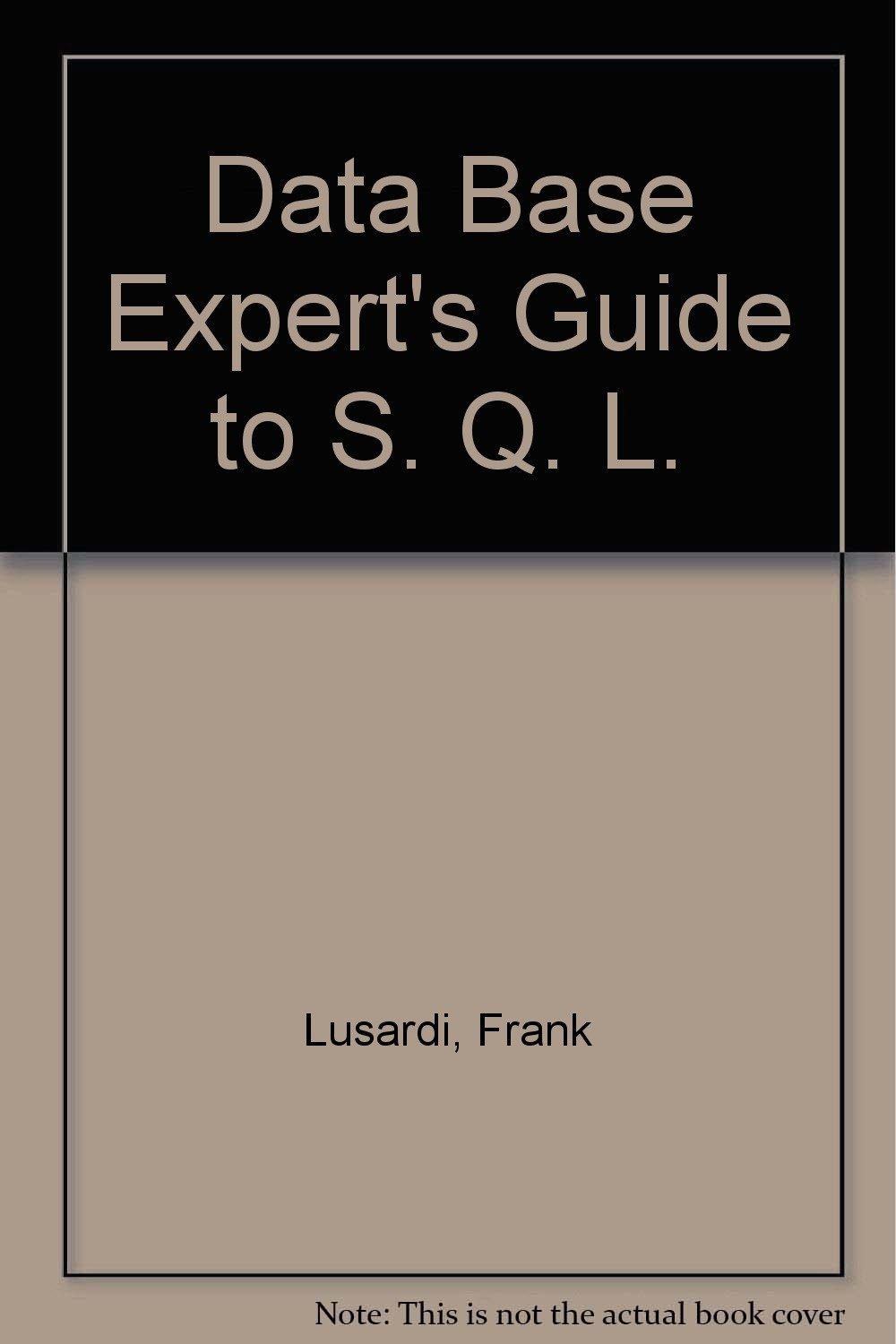Answered step by step
Verified Expert Solution
Question
1 Approved Answer
( c ) In this problem, we will learn a classic use case of Hoeffding s inequality. Imagine we have an algorithm for solving some
c In this problem, we will learn a classic use case of Hoeffdings inequality. Imagine we have an algorithm
for solving some decision problem eg Is there a cat in the picture? Suppose that the algorithm makes a
randomized decision and returns the correct answer with probability
delta for some delta which is just a
bit better than a random guess To improve the performance, we run the algorithm N times and apply the
majority voting. Please show that, for any in the answer is correct with probability at least epsi as
long as N delta
lnepsi
Hint: For each i define Xi to be a Bernoulli random variable for which Xi
when the algorithm return the correct answer at the ith trial. Under majority voting, we know that if the final
answer is incorrect, then X X XN N Use the negative part of Hoeffdings inequality. This
scheme is usually called boosting randomized algorithms.
Step by Step Solution
There are 3 Steps involved in it
Step: 1

Get Instant Access to Expert-Tailored Solutions
See step-by-step solutions with expert insights and AI powered tools for academic success
Step: 2

Step: 3

Ace Your Homework with AI
Get the answers you need in no time with our AI-driven, step-by-step assistance
Get Started


